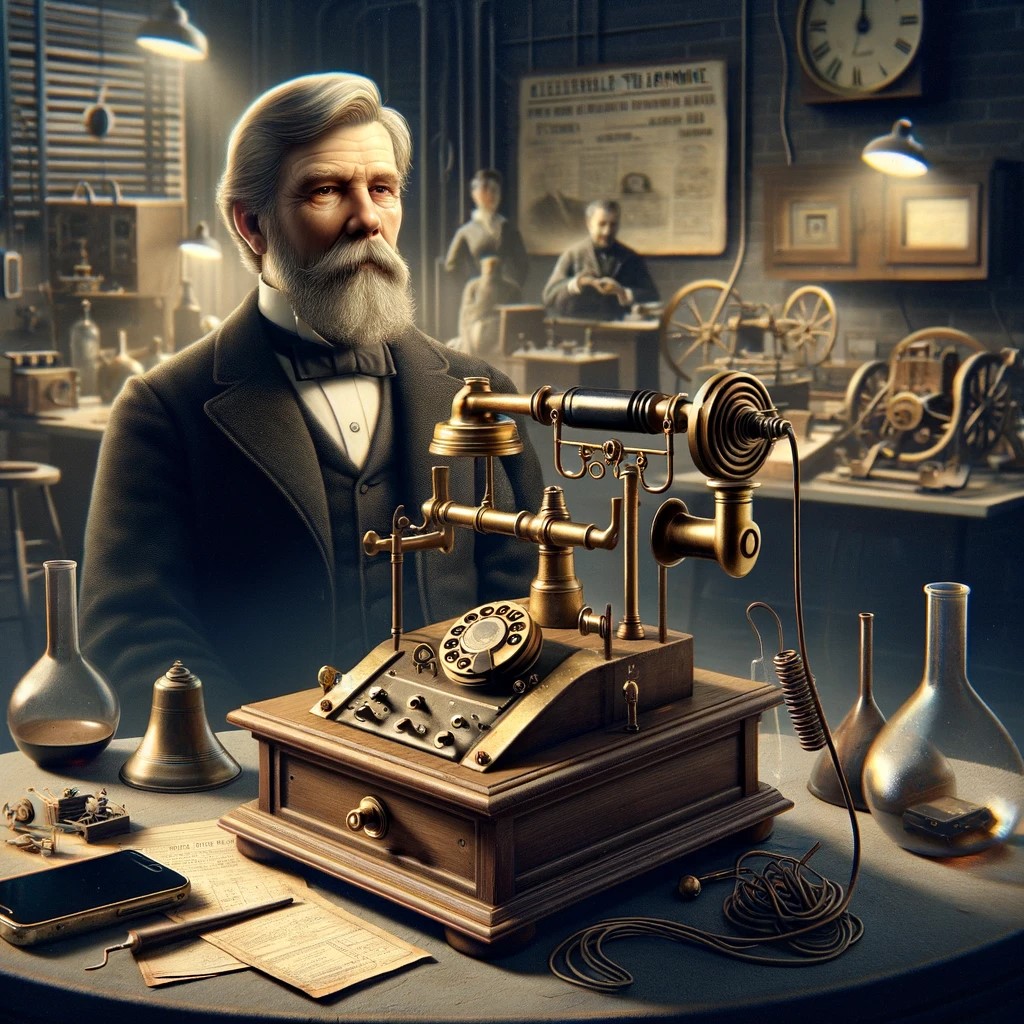Performing a Prior Art Search to Assess Novelty

Uncovering Novelty: Performing a Prior Art Search for Patentability
You might think that when Alexander Graham Bell patented the telephone in 1876, he could rest assured that his revolutionary device was truly unique. Unlike today, Bell did not have millions of existing inventions and technologies to compare against when assessing his invention’s novelty. Nonetheless, Bell’s claims to novelty on his telephone patent is not without controversy. Some may even claim he was not deserving of his patent. With more than 11 million patents already granted in the U.S. alone, modern inventors face a far more difficult task – can they prove their invention is novel in a crowded field of prior art?
Under 35 U.S.C. § 102, a patentable invention must be “new” and cannot be fully anticipated by a single prior art reference. But with over 11 million issued U.S. patents and decades of technology development, how can you be sure your invention hasn’t already been invented? This is where performing a prior art search comes in.
Considerations When Performing a Prior Art Search
The patent professionals at Global Patent Solutions LLC (GPS) always advise clients to conduct a thorough prior art search, which can reveal:
- Patents and patent applications that predate your invention – have similar claims been filed?
- Product catalogs, journals, or other publications describing related technologies – does a printed publication exist?
- Conversations with industry experts to identify relevant system art – did someone already invent this?
- Review of non-patent media like websites and videos for public disclosures – has the invention been publicly shown?
By using the approaches above to uncover as much potentially invalidating prior art as possible, you can make an informed assessment of novelty before committing to patent filing.
Of course, no search can find what you don’t look for. Experts like GPS can employ proprietary search strategies to maximize results. Working with an experienced patent practitioner to conduct a prior art search and provide an opinion on patentability can give inventors confidence before pulling the trigger on filing a patent application.
Conclusion
Don’t file a patent without doing your novelty homework first. Be sure to perform a patentability search, uncovering any prior art that could stand in the way of patenting that “next big thing.” Because in the end, the only opinion on novelty that truly matters…is the Patent Office’s.
Contact GPS if you need assistance in conducting a thorough prior art search.
Next in the series: Does your invention meet the non-obviousness requirement for patentability?
